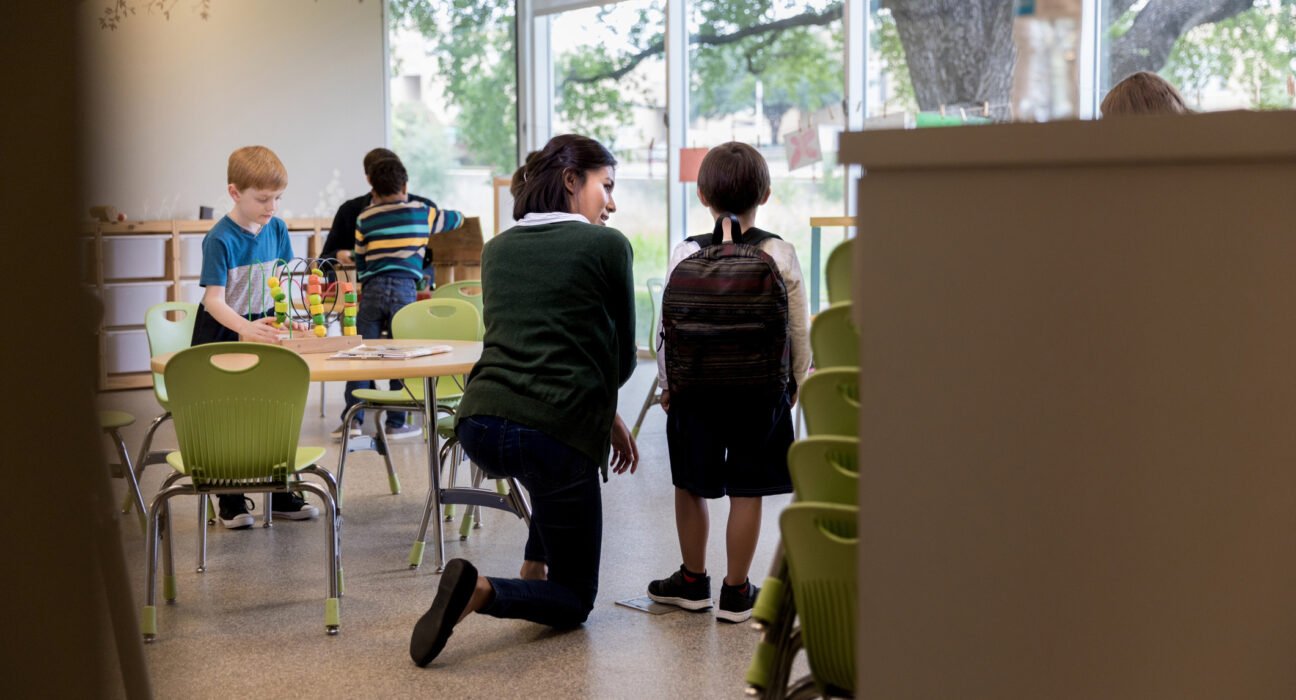Moving to a new country is a significant life change, especially for children who must adapt to a new environment, culture, and educational system. As parents, it’s essential to provide the right support to help our kids navigate this transition smoothly. Here are some effective strategies to ensure they feel secure, welcomed, and ready to embrace their new school experience.
1. Open Communication
One of the most crucial aspects of supporting children during this transition is maintaining open lines of communication. Encourage your child to express their feelings about the move, whether they are excited, anxious, or scared. Listen actively to their concerns and validate their emotions. Let them know that it’s normal to feel a mix of emotions during such a significant change. For tips on fostering communication, check out Child Mind Institute’s guide on talking to kids about big changes.
2. Research the New School and Community
Before the school year begins, take the time to research the new school and community together. Familiarize yourselves with the school’s curriculum, extracurricular activities, and support services. Many schools offer orientation sessions for new students, which can help your child feel more comfortable. Additionally, exploring the local community can make the new environment feel more familiar and welcoming. Websites like GreatSchools can provide insights into school ratings and community resources.
3. Visit the School Together
If possible, arrange a visit to the new school before the first day. Walk through the hallways, visit classrooms, and locate important areas like the cafeteria and library. Meeting teachers and staff can also ease anxiety. Discuss what to expect on the first day, including the school schedule and lunch procedures, to help your child feel prepared. Many schools have resources available on their websites, so check the National Association of School Psychologists for tips on preparing for the first day.
4. Encourage Social Connections
Social connections are vital for your child’s emotional well-being. Encourage them to participate in extracurricular activities, clubs, or sports that align with their interests. These activities provide opportunities to meet peers and form friendships. Additionally, consider arranging playdates with classmates to help your child build connections outside of school. Your School’s Counselor Association offers resources for helping children develop social skills.


5. Embrace Cultural Differences
Moving to a new country often involves encountering different cultures and traditions. Encourage your child to embrace these differences and view them as opportunities for growth and learning. Share your own experiences and excitement about exploring the new culture together. This positive outlook can help your child feel more open to adapting to their new environment.
6. Establish Routines
Establishing routines can provide a sense of stability and security for children during times of change. Create a daily schedule that includes time for homework, relaxation, and family activities. Consistent routines can help your child feel more grounded and reduce anxiety associated with the transition. For tips on creating effective routines, check out Understood.org’s guide.
7. Stay Involved and Supportive
Stay actively involved in your child’s school life by attending parent-teacher meetings, volunteering, or joining school events. Your presence and support will show your child that you care about their education and well-being. Additionally, keep an eye on their academic progress and social interactions, and be proactive in addressing any challenges they may face. The school’s PTAs or PTOs offers resources for parent involvement in schools.
8. Promote Language Skills
If the new country has a different primary language, support your child in learning it. Enroll them in language classes or provide resources such as books, apps, or online courses. Encourage them to practice speaking with peers or through local community events. Language proficiency can significantly enhance their confidence and ability to connect with others. Websites like Duolingo and Babbel offer engaging language-learning tools.
9. Be Patient and Understanding
Transitioning to a new school in a new country can take time. Be patient and understanding as your child adjusts to their new surroundings. Celebrate small victories and milestones, whether it’s making a new friend or successfully completing a school project. Encourage resilience and remind them that it’s okay to ask for help when needed. The Child Mind Institute has resources on fostering resilience in children.
10. Seek Professional Support if Necessary
If your child is struggling significantly with the transition, consider seeking professional support. School counselors, psychologists, or therapists can provide valuable resources and coping strategies. They can help your child process their feelings and develop effective ways to adapt to the new environment. The American Psychological Association provides a directory for finding mental health professionals.
Supporting our kids during the transition to a new school in a new country requires love, patience, and proactive engagement. By fostering open communication, encouraging social connections, and embracing cultural differences, we can help our children navigate this challenging yet rewarding experience. Ultimately, with the right support, they can thrive in their new environment, building resilience and adaptability that will serve them well throughout their lives.















